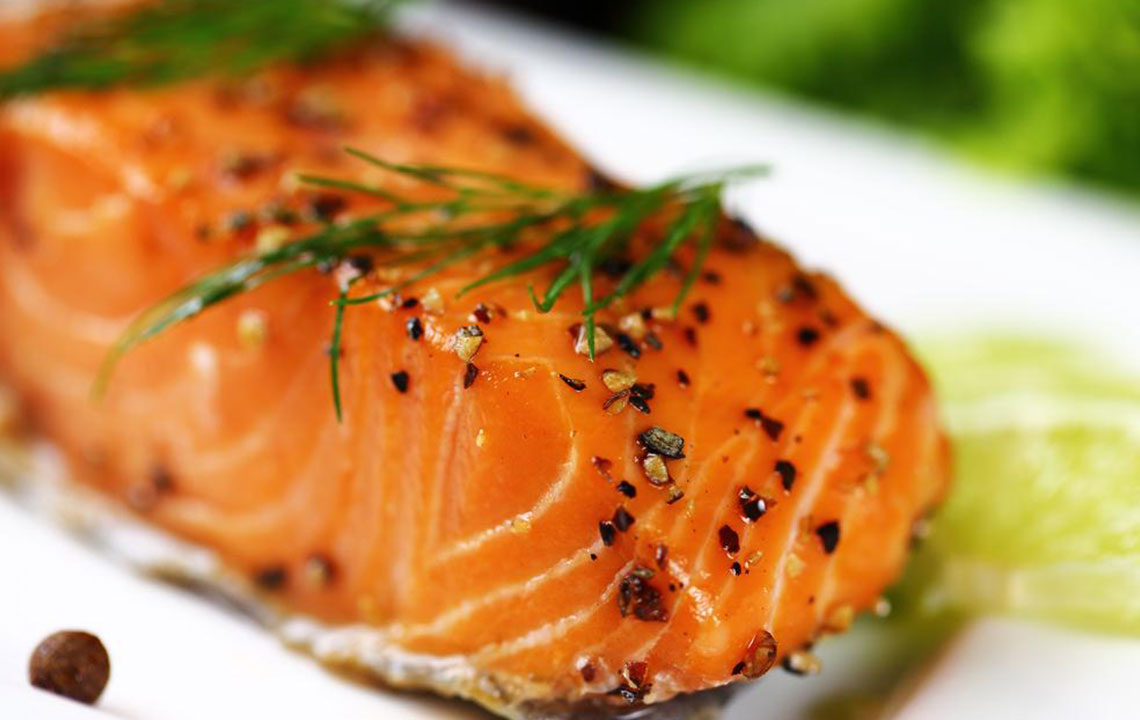Tips to Follow a Low FODMAP Diet Plan
If you’ve never heard of FODMAPs, you’re not alone. Read on to find out how low FODMAP diet plans may be the solution to your digestive woes.
Do certain foods upset your stomach? Do you often feel bloated after a normal meal? Low FODMAP diet plans have shown to reduce gastrointestinal symptoms in various digestive disorders significantly.

FODMAPs are implicated in worsening of IBS symptoms, as well as worsening of symptoms in other digestive syndromes. Low FODMAP diet plans are a type of elimination diet, where certain kinds of foods are removed from the daily diet. This has been proven to provide relief from symptoms like bloating, gas, cramps, etc.
What Are FODMAPs?
FODMAPs are compounds found in different food items. FODMAP is an acronym that stands for Fermentable Oligo-, Di-, and Mono-saccharides And Polyols. FODMAPs are short-chain carbohydrates. These are short-chain polymers:
- Oligosaccharides like fructans (a type of fiber) and galacto-oligosaccharides (stachyose, raffinose)
- Disaccharides (lactose)
- Monosaccharides (fructose)
- Polyols which are sugar alcohols like mannitol, xylitol, maltitol, and sorbitol
Any FODMAPs that are not properly digested in the small intestine pass into the large intestine. In the large intestine, these undigested FODMAPs get fermented by gut bacteria. This produces gas which causes symptoms like flatulence, bloating, and abdominal cramping. Poor FODMAP intestinal absorption is relatively common in many people, but the appearance of symptoms is rare. FODMAPs can also cause increased fluid accumulation in the intestine, which can result in visible abdominal distention and discomfort.
Where do you find FODMAPs?
If you plan to start low FODMAP diet plans, you need to know in which foods you can find FODMAPs.
- Sources of fructans: Fructans are a type of fiber found in wheat, rye, barley, artichoke, asparagus, leek, beetroot, broccoli, cabbage, and prebiotics.
- Sources of galactans : Galactans are primarily found in pulses and beans. Moderate amounts of galactans are found in green beans and tofu.
- Sources of fructose: Sources of fructose include high-fructose corn syrup, honey, apples, pears, mangoes, and other sweet fruits and candies.
- Sources of lactose : Dairy products like milk, ice-cream, yogurt, and soft unripened cheeses like ricotta cheese, cream cheese, and cottage cheese are natural sources of lactose.
- Sources of polyols : Polyols are found in stone fruits (peaches, plums, cherries, berries, etc.) and vegetables like cauliflower, mushrooms, and peas. They are also used as bulk sweeteners.
How and why you need low FODMAP diet plans
Low FODMAP diet plans are elimination diets that are carefully planned and executed. There has to be close monitoring of the symptoms to see how the food affects the body. Low FODMAP diet plans are recommended for people with irritable bowel syndrome, other functional gastrointestinal disorders, small intestine bacterial overgrowth, autoimmune conditions like rheumatoid arthritis and eczema, fibromyalgia, and migraines. Before starting low FODMAP diet plans, it is best to consult a physician and a dietitian who specializes in low FODMAP diet plans.
Low FODMAP diet plans occur in two phases:
- Phase I: Phase I of low FODMAP diet plans involves the elimination of all high FODMAP food for 4-6 weeks. The symptom response has to be carefully monitored during this phase and changes have to be recorded. A dietician can help you in identifying high FODMAP foods and suggest alternatives so that your diet remains balanced and healthy.
- Phase II: Phase II of low FODMAP diet plans involve the reintroduction of foods that were eliminated in phase I. The foods are slowly reintegrated back into the diet and the responses are noted. This helps to determine the type and amount of FODMAPs that can be tolerated by the individual and identify the foods that need to be avoided.
Keep in mind that low FODMAP diet plans don’t involve a complete elimination of food groups on a permanent basis. Doing so would be unhealthy and can lead to nutritional deficiencies. These low FODMAP diet plans are highly specialized and tailor-made for each person. Foods that are permitted during low FODMAP diet plans are as follows:
- Vegetables : Alfalfa, green beans, carrots, bell peppers, herbs, cucumber, tomatoes, lettuce, and zucchini
- Fruits : Bananas, oranges, melons, and grapes
- Protein : Meat, fish, tofu, and tempeh
- Dairy : Lactose-free milk and yogurt, hard cheese
- Cereals and bread : Gluten-free bread, oats, quinoa, and rice
- Beverages : Water, tea, and coffee
- Snacks : Gluten-free cookies and rice cakes
Low FODMAP diet plans are not designed to be permanent diet. Low FODMAP diet plans can be hard to follow and can place a significant nutritional and financial burden on the patient. Low FODMAP diet plans can sometimes get complicated. For the best results, consult a dietician who can set out a plan for you. Low FODMAP diet plans have shown great efficacy in soothing digestive symptoms.











